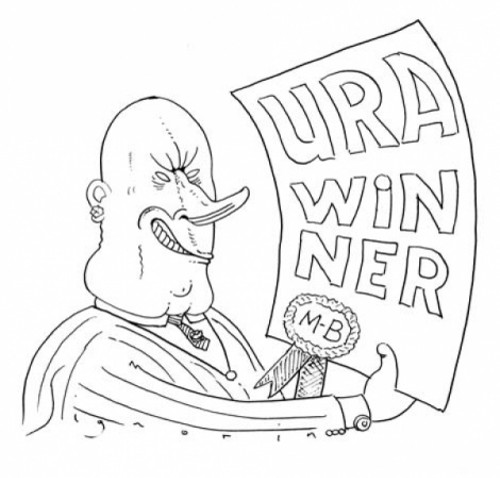I’m of several minds about this one— possibly as many as 16 minds, the number of personality types the Myers-Briggs people claim to be able to distinguish based on a 93-question “instrument,” or test, as the simple folk call it. My INTJ (Introversion- Intuition-Thinking-Judgment; “intuition” is abbreviated as “N” in M-B parlance) side says the whole thing is rubbish and I ought to jump on it with both feet. My ENFP (Extraversion-Intuition-Feeling-Perception) self figures what the hell, it’s harmless and maybe even useful. I can’t decide, and I sure can’t keep all the four-letter personalitytype labels straight. So, we’ll let the different aspects of my psyche speak for themselves using the simplified Straight Dope personality code, which employs only two letters, so as not to confuse the OM, or ordinary mope.
First, an overview from the AK (Anal Know-it-all) Cecil: Nothing about the origin of the Myers-Briggs Type Indicator, or MBTI, inspires much confidence. The test was developed starting in the 1940s by the mother-daughter team of Katharine Briggs and Isabel Myers with the goal of sorting people based on Carl Jung’s theory of psychological types. The best that can be said about the Swiss psychiatrist’s ideas is that they were ingenious—he made no attempt to validate them via experiment. Briggs and Myers, for their part, had no expertise in psychology other than what they picked up from Jung and in consultation with people in the testing business.
Nonetheless, the MBTI began attracting professional attention in the 1960s, and Consulting Psychologists Press (now CPP) began publishing it in the 1970s.
After that, the thing took off.
My DL (Droning Lecturer) side continues:
Myers and Briggs said their test could categorize people based on four either-or sets of characteristics, or dichotomies: Extraversion- Introversion, Sensing-Intuition, Thinking- Feeling, and Judgment-Perception. The premise of the MBTI is that in each set, you fall into one category or the other. For example, you’re either an extrovert or an introvert.
You can’t be a mix of both, and your personality doesn’t change over time. My CA (Cold-eyed Analyst) self thinks this is a dubious contention. Common sense suggests that a trait like extroversion/introversion is a continuum. We all know people at the extreme ends of the scale, but most of us probably cluster near the middle. What’s more, how outgoing we are depends partly on the situation. Me, I’m a laugh riot when I’m out with the smart-ass guild, but you won’t get a word out of me in a room full of insurance salesmen. Sure enough, when people take the MBTI multiple times, it’s not uncommon for them to flip-flop from one side of a dichotomy to the other, usually on traits where their initial score pointed only weakly in one or the other direction—in other words, where things could have gone either way.
My inner AD (Amiable Doofus) interjects: So what if MBTI categories aren’t as definitive as the Myers-Briggs people claim? Tendencies toward extroversion rather than introversion, thinking rather than feeling, and so on, are real-enough traits affecting the way we deal with the world. Sure, maybe the MBTI pigeonholes aren’t all that scientific, but they give us a handy way to talk about important personality differences.
Subscribe to the Straight Dope podcast at the iTunes Store. And send questions to Cecil via StraightDope.com or write him at the Chicago Reader, 11 E. Illinois, Chicago 60611.
More by Cecil Adams
-
This Is the End, My Friend
This week's Straight Dope marks the last appearance of the column as the Teeming Millions have known it for the past 45 years.
- Jul 11, 2018
-
Do Brain Supplements Do Anything?
Brain Drain
- Jul 4, 2018
-
Is flying really worse for the environment than driving?
Planes and Trains
- Jun 27, 2018
- More »




